Ducati’s Panigale V4 dominates the new Italian Production Bike Championship on debut, proving that a near-stock superbike can outperform full factory machines and redefine the meaning of “production racing.”
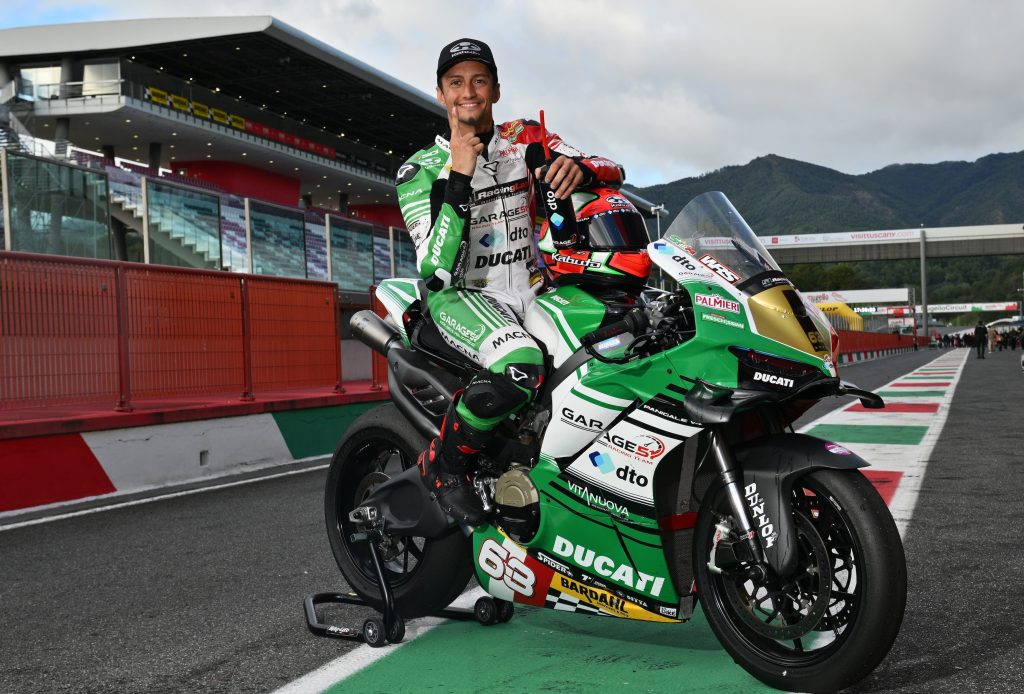
Subscribe to our Telegram channel for instant updates!
What happens when Ducati builds a “production bike” that performs like a Superbike? You get the Panigale V4, a machine that just rewrote the rules of what a street-legal sportbike can do.
In its first year of competition, Ducati’s flagship V4 not only conquered the new CIV Production Bike Championship, a category meant for near-stock motorcycles, but also embarrassed a few full-spec Superbikes along the way.
Born from the Road, Built to Race
This wasn’t supposed to be a full factory assault. The Production Bike category was designed for showroom-level machines with minimal tuning, stock engines, limited suspension tweaks, and no fancy race electronics. But Ducati, being Ducati, didn’t need to modify much.
The Panigale V4 arrived with MotoGP DNA already baked in: a Desmosedici-inspired V4 engine, counter-rotating crankshaft, and electronics derived from WorldSBK. Add in the DAVC Race Pro software, developed with Ducati Corse, and suddenly “stock” doesn’t mean “ordinary.”
Ten of the twenty riders on the grid chose the Panigale V4. By season’s end, Ducati riders had collected 8 wins, 22 podiums, and even three outright finishes ahead of Superbikes. The message was clear — this wasn’t just the best bike in its class. It was redefining the class.
Stirpe’s Sharp Edge
At the centre of it all was Davide Stirpe, a three-time Italian Supersport champion and Ducati test rider who knows the Panigale better than most engineers. Riding for Garage51, the team run by ten-time champion Michele Pirro, Stirpe turned consistency into domination, sealing the title with back-to-back victories at Mugello.
His racecraft was matched only by the bike’s composure. Despite strict limits on modification, no new electronics, standard gearbox, and stock motor, Stirpe’s Panigale sliced through traffic with the poise of a full-factory prototype.
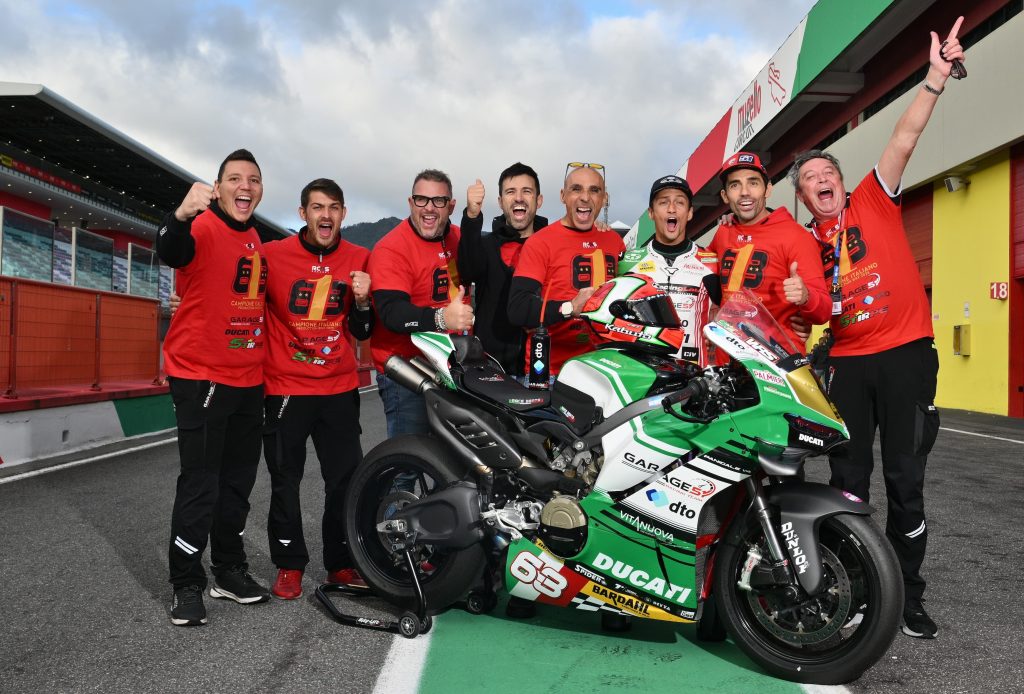
The Secret Sauce
While other teams struggled to balance power and control under the restrictive rules, Ducati took a different approach: do less, but better. The Panigale V4’s standard electronic suite was already sophisticated enough to handle slick tyres and race conditions, with no add-on modules or aftermarket trickery.
The team simply activated a registered racing calibration through the DAVC software and fitted Ducati Performance parts:
- A full Akrapovič exhaust (+12 hp, -6.7 kg)
- Brembo T-Drive 338.5 mm discs
- Carbon wings and cooling ducts
- Racing switchgear and data logger
That’s it. No magic wand, no secret hardware, just pure engineering confidence.
Stock Bike, Superbike Soul
The Panigale’s success in a “production” series has sparked conversation across the paddock. How close is too close between road and race? When a showroom bike can challenge full Superbike machinery, maybe the line between them doesn’t exist anymore.
For Ducati, though, it’s all part of the plan. The company has long insisted that every Panigale is born from MotoGP philosophy, a bike you can ride to work, then take to Mugello on Sunday and still stand on the podium.
A Red Revolution
Stirpe’s championship isn’t just a victory for Ducati; it’s a statement of intent. The Panigale V4’s dominance on debut confirms what riders have felt for years, that Borgo Panigale’s machines are as close to race-ready as production bikes get.
In 2025, the Ducati Panigale V4 didn’t just win a title. It blurred the line between the rider’s dream and the engineer’s blueprint, proving that in the right hands, a road bike can rule the racetrack.



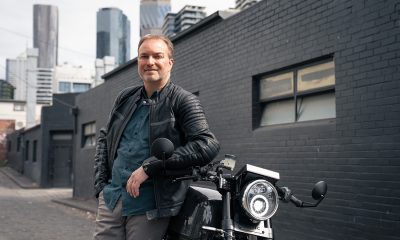
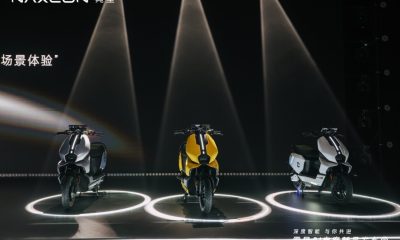

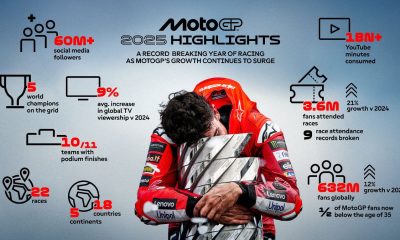
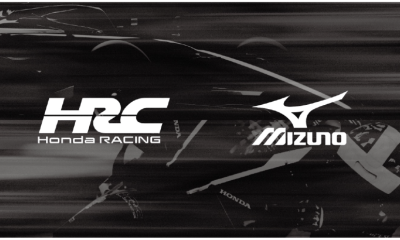
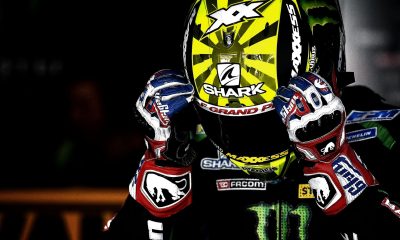

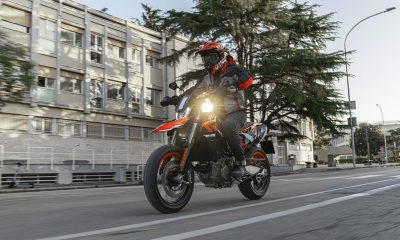
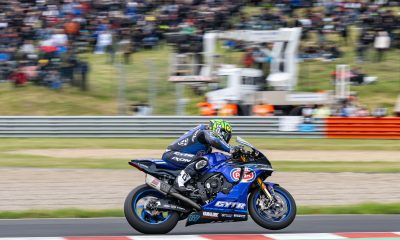
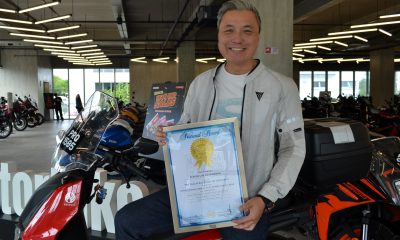
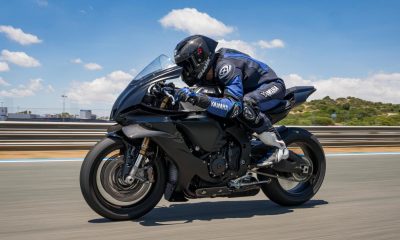
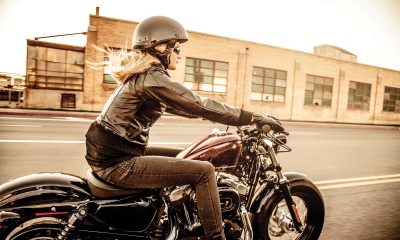
















Facebook
Instagram
X (Twitter)
YouTube
LinkedIn
RSS